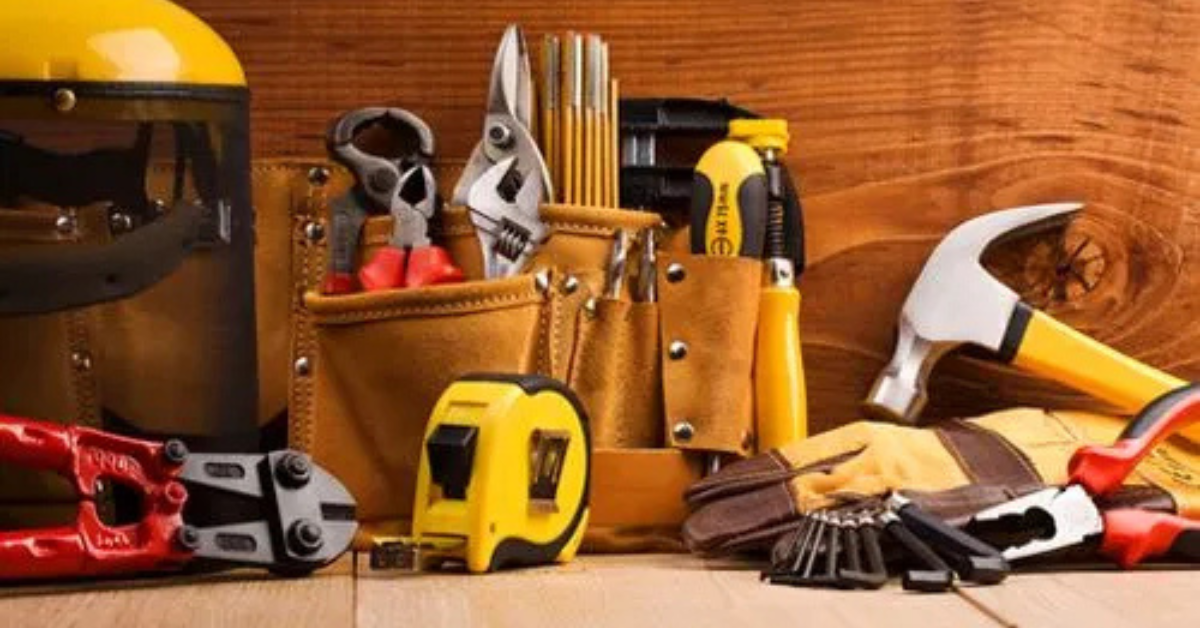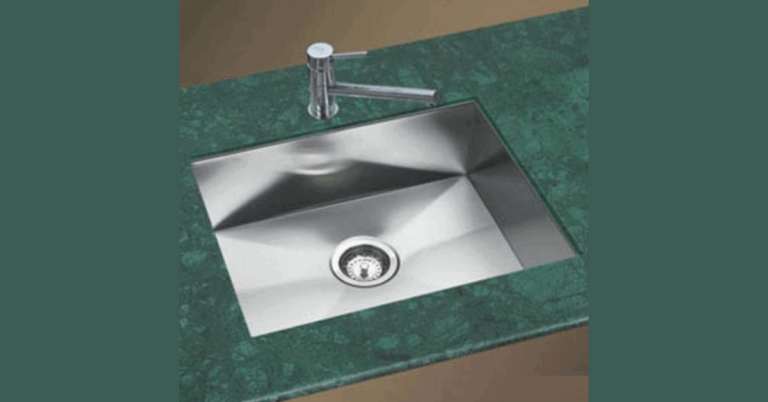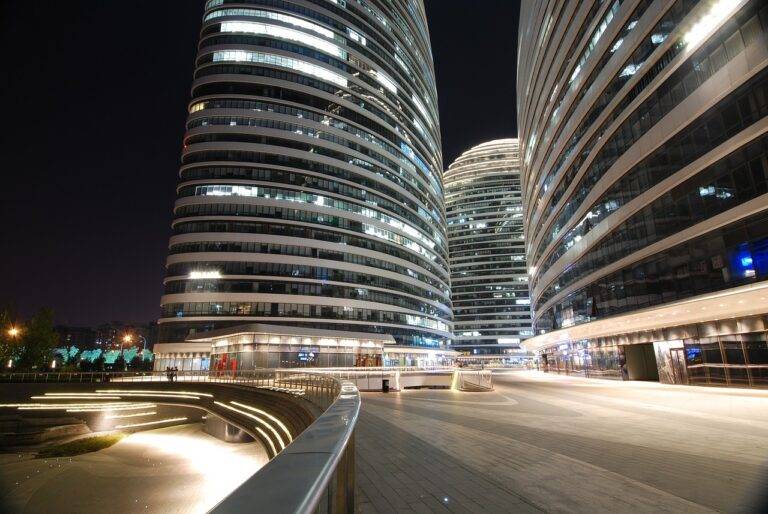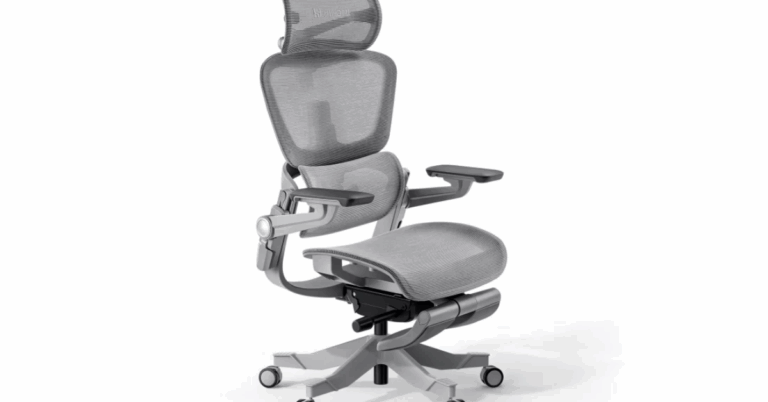Formaldehyde Removal in Singapore: A Complete Guide
Formaldehyde is a colorless, strong-smelling chemical widely used in building materials and household products. In Singapore, where indoor air quality is becoming an increasing concern due to urban living and compact spaces, Formaldehyde Removal Singapore is essential for maintaining a healthy home or workplace environment.
What is Formaldehyde?
Formaldehyde is a volatile organic compound (VOC) that is used in the production of resins, which are found in composite wood products, glues, paints, coatings, and textile products. It is also released into the air from combustion sources such as tobacco smoke, cooking, and burning fuels.
While formaldehyde occurs naturally in small amounts, elevated levels indoors can pose significant health risks. Exposure can cause irritation of the eyes, nose, and throat, and prolonged exposure may be linked to more severe health issues such as respiratory problems and certain types of cancers.
Why is Formaldehyde Removal Important in Singapore?
Singapore’s humid and warm climate can exacerbate the off-gassing of formaldehyde from household products and construction materials. Poor ventilation in tightly enclosed indoor environments further concentrates this harmful chemical in the air.
Key reasons for formaldehyde removal include:
- Health Protection: Reducing exposure protects families, especially vulnerable groups like children, the elderly, and those with respiratory conditions.
- Compliance with Indoor Air Quality Standards: Many businesses in Singapore are required to maintain specific indoor air quality standards.
- Creating a Comfortable Environment: Cleaner air improves overall well-being, productivity, and comfort.
Common Sources of Formaldehyde in Singapore Homes and Offices
- Pressed-wood products like plywood and particleboard
- Furniture made with composite wood
- Insulation materials
- Paints, coatings, and adhesives
- Household cleaning products
- Tobacco smoke
- Newly renovated spaces
- Certain textiles and carpets
Signs Your Space May Have Elevated Formaldehyde Levels
- Persistent chemical smell
- Frequent eye, nose, or throat irritation
- Headaches or dizziness indoors
- Allergy-like symptoms that improve when outside
- Asthma attacks or respiratory discomfort
Formaldehyde Testing
Before planning removal, formaldehyde testing helps identify the severity of the problem. Testing can involve:
- Passive Air Samplers: Devices left in a room for 24 to 48 hours to absorb formaldehyde from the air.
- Active Sampling: Involves pumping air through a special solution that captures formaldehyde for laboratory analysis.
- Portable Monitors: Instant readings but less accurate than laboratory methods.
Professional testing services offer the advantage of comprehensive analysis and customized solutions.
How to Remove Formaldehyde from Indoor Spaces
1. Increase Ventilation
Improving air circulation is the first line of defense. Use exhaust fans, open windows, and deploy air ventilation systems. Cross-ventilation ensures that formaldehyde-laden air is regularly replaced with fresh outdoor air.
2. Control Temperature and Humidity
High temperatures and humidity levels speed up formaldehyde release. Keep indoor temperatures moderate and use dehumidifiers to maintain humidity levels between 30% and 50%.
3. Use Air Purifiers
Air purifiers equipped with activated carbon filters are effective at trapping formaldehyde molecules. Regular maintenance and filter replacement are crucial for continued effectiveness.
4. Source Control
Identify and remove items releasing formaldehyde. Replace pressed-wood furniture with solid wood or certified low-emission alternatives. Choose paints, finishes, and adhesives labeled “low-VOC” or “no-VOC.”
5. Seal and Treat Surfaces
Special sealants and treatments can be applied to formaldehyde-emitting surfaces like wood products. These products form a barrier that reduces emissions over time.
6. Professional Formaldehyde Removal Services
When formaldehyde levels are high or persistent, professional services provide a thorough solution. They employ techniques such as chemical neutralization, advanced air purification technologies, and comprehensive assessments to ensure safe indoor air.
Preventing Formaldehyde Buildup in Singapore
- Choose low-emission products certified by credible environmental labels.
- Air out new furniture and building materials before bringing them indoors.
- Opt for solid wood, metal, or glass furnishings where possible.
- Maintain regular cleaning routines to prevent VOC accumulation.
- Schedule periodic indoor air quality assessments.
Natural Methods to Help Reduce Formaldehyde
Some studies suggest that certain houseplants may assist in reducing indoor formaldehyde levels. While they are not a primary solution, plants like bamboo palm, spider plants, and Boston ferns can complement other methods.
Formaldehyde and Renovation Projects in Singapore
Renovations often involve new materials that release formaldehyde. Residents undertaking renovations should:
- Plan for thorough airing-out periods post-renovation.
- Request the use of low-VOC or formaldehyde-free materials.
- Consider temporary relocation during intensive renovation phases.
Health Effects of Formaldehyde Exposure
Short-term effects:
- Eye, nose, and throat irritation
- Headaches
- Skin rashes
- Nausea
Long-term effects:
- Asthma and chronic respiratory issues
- Increased sensitivity leading to “sick building syndrome”
- Possible links to nasopharyngeal cancer and leukemia (based on long-term studies)
Conclusion
Formaldehyde removal is not just about eliminating a chemical; it is about fostering healthier indoor environments where individuals and families can thrive. In Singapore’s fast-paced urban setting, prioritizing indoor air quality can significantly impact health, productivity, and overall quality of life.
Through diligent testing, effective removal techniques, and preventative measures, residents and businesses in Singapore can enjoy cleaner, safer air every day.
FAQ: Formaldehyde Removal in Singapore
Q1: How do I know if my home has formaldehyde issues? A1: If you notice persistent chemical smells, frequent respiratory irritation, or allergy-like symptoms that improve outdoors, your home might have elevated formaldehyde levels. Professional testing provides a definitive answer.
Q2: Can air purifiers completely remove formaldehyde? A2: Air purifiers with activated carbon filters can significantly reduce formaldehyde levels but may not completely eliminate them if sources remain present.
Q3: Is formaldehyde only an issue in new homes? A3: No. While new construction and renovations are common sources, older homes with pressed-wood furniture or poor ventilation can also have formaldehyde problems.
Q4: How long does it take to remove formaldehyde from a newly renovated space? A4: It varies depending on ventilation, materials used, and removal methods. It can take from a few weeks to several months for formaldehyde levels to drop to safe ranges.
Q5: Are there any natural methods to reduce formaldehyde? A5: Ventilation is key. Some houseplants may help, but they are not substitutes for mechanical or professional removal methods.
Q6: Should I test for formaldehyde after every renovation? A6: It is highly recommended, especially if the renovation involved new wood products, flooring, or painting.
Q7: What is the safest way to remove formaldehyde? A7: A combination of increasing ventilation, controlling humidity, using air purifiers, removing sources, and seeking professional removal services ensures the safest and most effective results.







